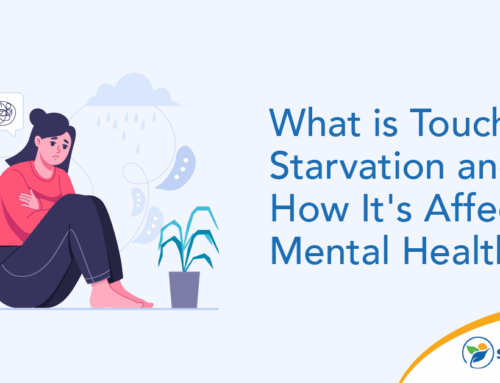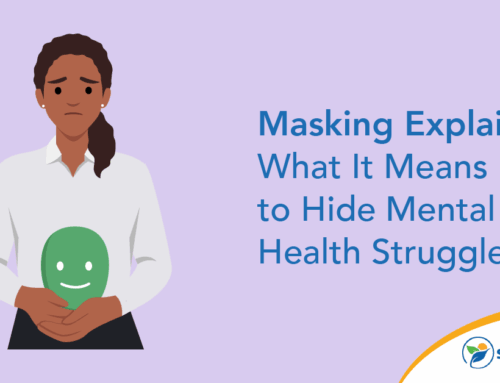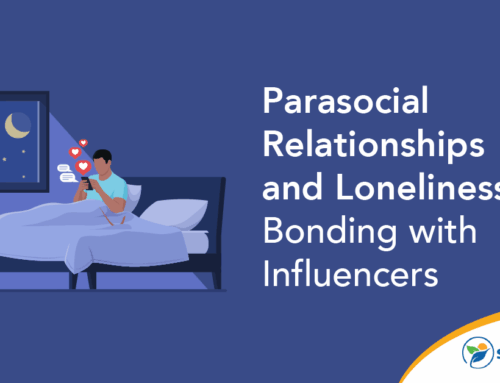Amy Winehouse was one of the most talented, impressive singers of her time. She also had a tragic life, with a public downward spiral during her fame and an eventual far-too-early death. Winehouse struggled with both addiction and bipolar disorder (BPD), and sadly, those around her did little to help. So, was it Amy Winehouse’s BDP, addiction or fame that broke her in the end? Let’s take a look at her life and personal turmoil.
The Early Years
Amy Winehouse’s childhood was relatively normal. She grew up with two working-class parents, had an older brother and attended a Jewish Sunday school every week. Her love for music was likely influenced by many of her uncles being jazz musicians and her grandmother being a professional singer.
Her talent was undeniable, and Amy was signed by a management company at just 19. By 20, she had released her first album, which saw huge success in the UK. But it was her second album, Back to Black, that helped her rise to international fame.
Amy Winehouse’s BPD and Substance Abuse
As the singer came into the spotlight, it became immediately apparent that she struggled with alcohol and drugs. The singer sometimes appeared at performances intoxicated and was booed off the stage by her fans. She also once couldn’t attend an award show in the United States because she didn’t pass the drug test for flying.
Winehouse was open about her problems with drugs and alcohol, but many think she didn’t understand the severity of her addiction. She once said, “I do drink a lot. I think it’s symptomatic of my depression. I’m manic depressive; I’m not an alcoholic, which sounds like an alcoholic in denial.”
In other interviews, Amy Winehouse mentioned self-harm, eating disorders, manic depression, drinking and drugs. In a Rolling Stones interview, she shared, “I do suffer from depression, I suppose, which isn’t that unusual. You know, a lot of people do. But I think because I had an older brother, I did a lot of that ‘Oh, life’s so depressing’ stuff before I was even 12.” When the interviewer asked about her self-harm scars, she became uncomfortable and said, “Um, that’s really old. Really old. Just from a bad time, I suppose. Desperate times.”
Winehouse addressed her shift toward drinking as being her boyfriend’s influence, saying, “I suppose if you have an addictive personality, then you go from one poison to the other. He doesn’t smoke weed, so I started drinking more and not smoking as much.
But it wasn’t just weed and alcohol. In August 2007, she overdosed on a combination of heroin, ecstasy, cocaine, ketamine and alcohol.
Over the years, Winehouse gave rehab an attempt a few times. But each time, she checked out early without completing the program.
Of course, it wasn’t just the addiction and substance abuse that was keeping Winehouse down. Amy Winehouse’s mental health was a continuous battle for her. She was diagnosed with bipolar disorder, and video footage of her often shows one of two sides: a manic, joyous Amy or a deeply depressed, somber Amy. Her mental health frequently led her to make reckless choices, lack impulse control and use substances to self-medicate.
While Winehouse saw a psychiatrist and took Librium for her anxiety and alcohol disorder, she refused medication for her bipolar disorder. Sadly, when this serious condition is left untreated, it can lead to serious side effects and consequences. For Winehouse, it can be speculated that leaving her BPD untreated increased the risk of continued substance abuse.
Many people suffer from co-occurring mental health addictions. One report found that of those reporting substance abuse addiction, 38% also had an existing mental health condition. Winehouse couldn’t expect to treat either her addiction or her bipolar disorder without acknowledging and treating the other problem as well.
Eventually, Winehouse was able to stop using drugs, but she continued to drink. Tony Bennett commented on working with her, “I didn’t even know it when we were making the record, and now, looking at the whole thing, she knew that she was in a lot of trouble; that she wasn’t going to live. And it wasn’t drugs. It was alcohol toward the end … It was such a sad thing.”
Despite being sober for some time leading up to her death, she died of alcohol toxicity in 2011.
Legacy and Awareness of Amy Winehouse
When Amy Winehouse was alive, she was revered for her talent and mocked for her obvious struggles. It was clear to everyone that she abused drugs and alcohol and likely had mental health conditions, but it just became a part of her image. Those closest to her didn’t step in to help, and the media continued to glamorize her image as a rockstar “bad girl.”
Only when she passed did everyone seem to reflect on how things could have been different for this talented musician if someone had given her the support and help she so badly needed.
The Amy Winehouse Foundation was created in her memory. This organization “helps thousands of young people to feel supported and informed, so that they are better able to manage their emotional well-being and make informed choices around things that can affect their lives.”
No one knows how different Amy Winehouse’s life would have turned out if she had gotten the needed help. But there’s a likelihood that if she had addressed her addiction and mental health conditions head-on, she could have lived longer. Substance abuse addiction is a powerful disease, and professional treatment is a person’s best chance of overcoming it.
The only bright side in this tragic story is the awareness Winehouse was able to bring to her conditions. Her life sparked many conversations about what it means to struggle through addiction and bipolar disorder and why getting help is critical.
Get Help at Sunlight Recovery
If you can learn anything from Amy Winehouse’s story, it’s that asking for help can be life-saving. Sunlight Recovery is a treatment center for mental health and substance abuse. Don’t go through this alone — contact us today to learn how we can help you get better.







